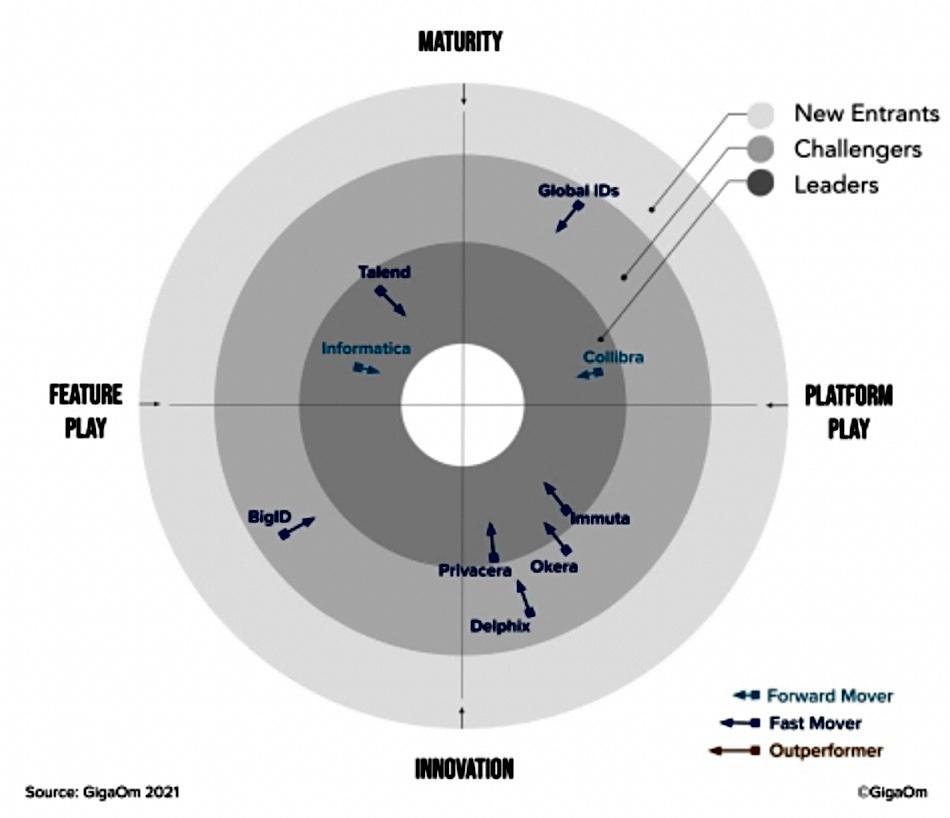GigaOm Radar for Virtual Desktop Infrastructure: Self-Managedv1.0
Table of Contents
Summary
Virtual desktop infrastructure (VDI) is a mature category with market leaders that have held their positions for many years. The pandemic and the need for staff to work from home has led to much broader adoption of VDI in the last two years. At the same time, the leading VDI vendors have been expanding their products to encompass more elements of end-user computing, such as personalization and password management. We still see VDI products that primarily deliver a very locked-down experience rather than the freedom of a personal PC. Providing more self-service application capability will help avoid “shadow IT,” by which staff members use unauthorized applications on their local device to complete corporate tasks.

Large enterprise organizations tend to standardize their entire desktop environment with VDI. Tightly controlled desktops that deliver validated collections of applications provide a consistent, secure, and compliant remote computing environment. Often these desktops are accessed from thin or lean clients, with no local application capability. Smaller organizations and departments within enterprises may use VDI a little differently, in a sort of hybrid model, providing only critical or complex applications through VDI and other applications from the user’s device. The user’s device will often be their own choice of a laptop or PC with local applications or even a Chromebook.
The VDI products in this radar are classified as “self-managed,” can provide desktops on-premises, and run on servers belonging to the customer. In the accompanying desktop as a service (DaaS) radar, we evaluate services that deliver desktops from a service provider data center rather than inside a customer’s own data center. There is overlap between the products in these two radars, as some VDI providers also offer DaaS with varying degrees of integration between the two platforms. Customers that plan to migrate from on-premises to the public cloud should evaluate a VDI solution as a part of the answer to their need for mobility away from on-premises resources.
This GigaOm report is one of a series of documents that helps IT organizations assess competing solutions in the context of well-defined features and criteria. For a fuller understanding, consider reviewing the following reports:Key Criteria report: A detailed market sector analysis that assesses the impact that key product features and criteria have on top-line solution characteristics—such as scalability, performance, and TCO—that drive purchase decisions.GigaOm Radar report: A forward-looking analysis that plots the relative value and progression of vendor solutions along multiple axes based on strategy and execution. The Radar report includes a breakdown of each vendor’s offering in the sector.Solution Profile: An in-depth vendor analysis that builds on the framework developed in the Key Criteria and Radar reports to assess a company’s engagement within a technology sector. This analysis includes forward-looking guidance around both strategy and product.








